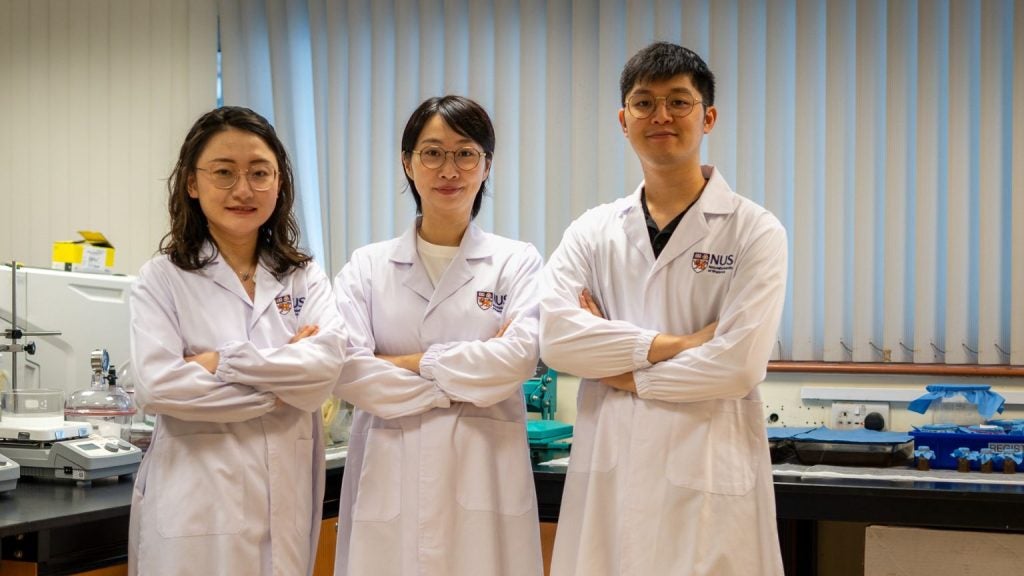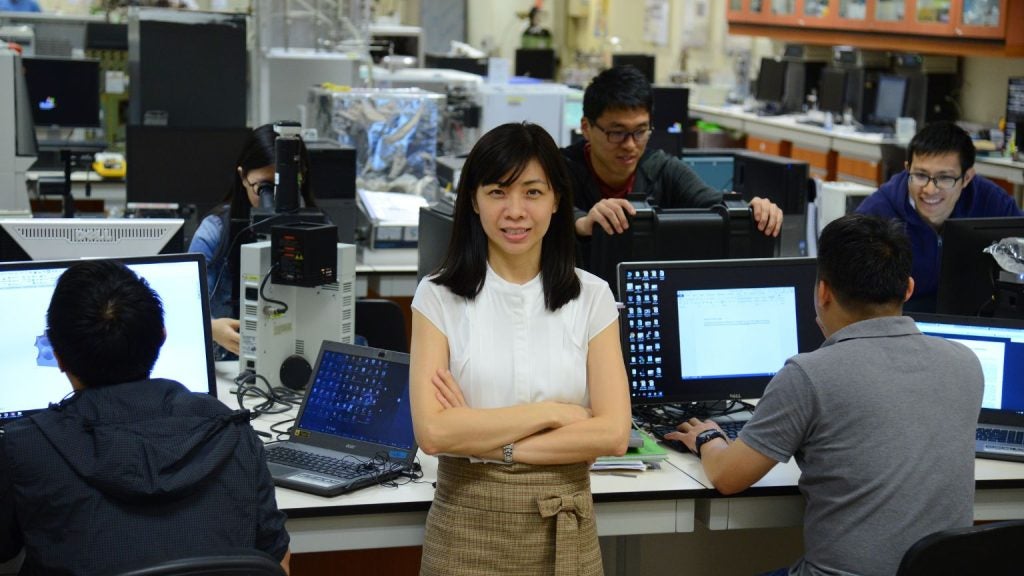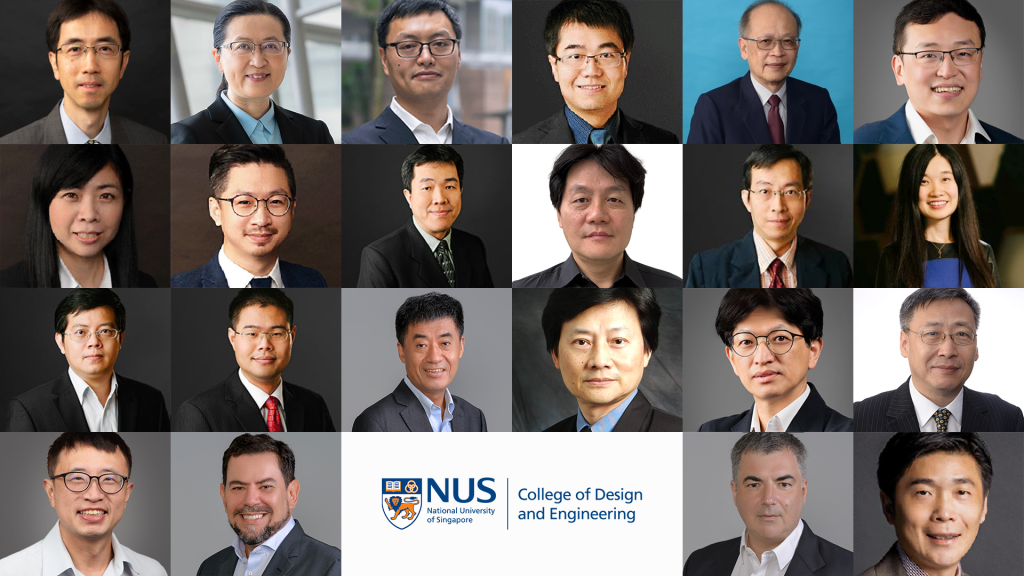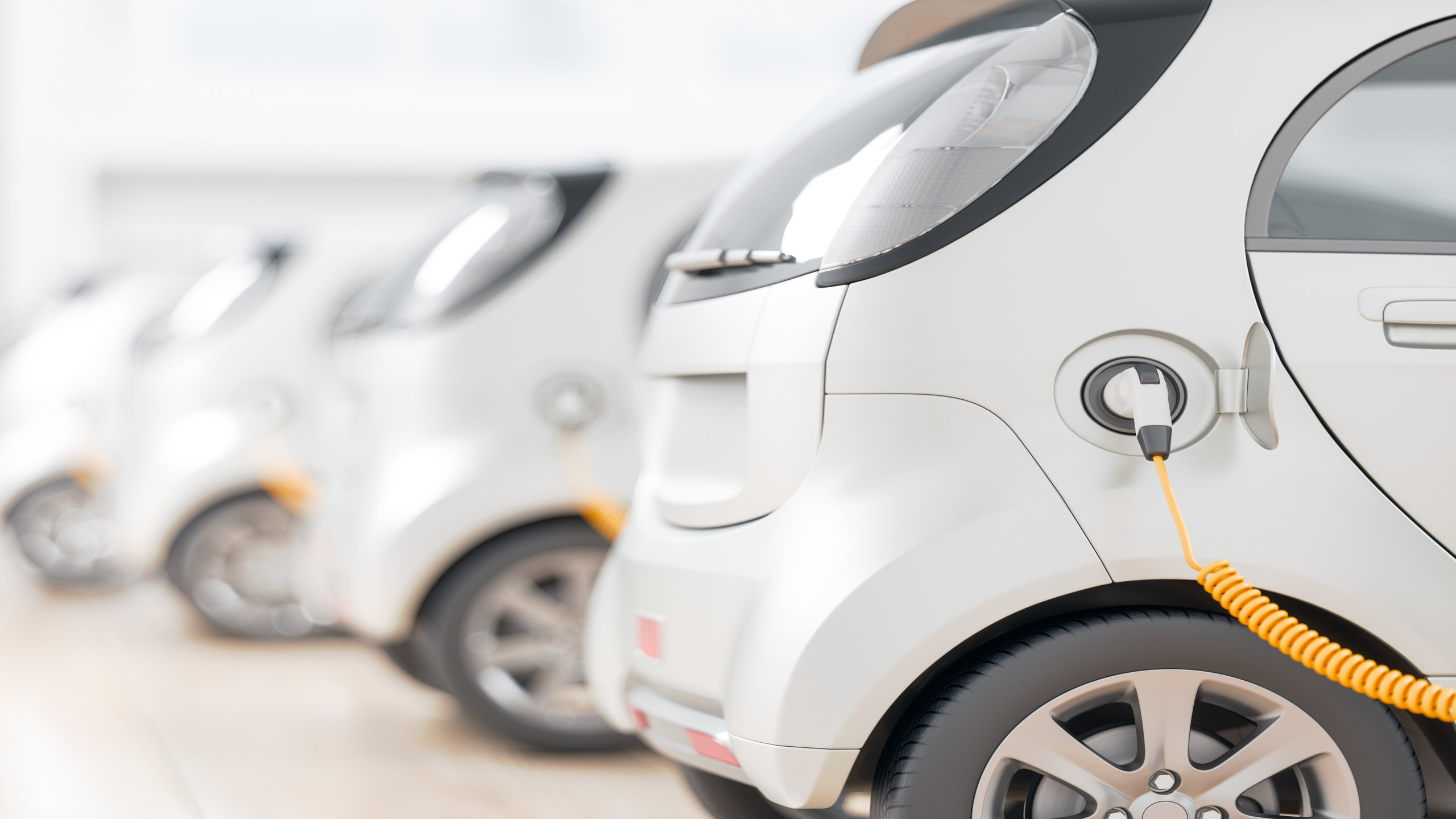
In his Budget speech last month, Deputy Prime Minister and Finance Minister Heng Swee Keat led the charge for Singapore to phase out the use of internal combustion engine (ICE) vehicles by 2040 and paved the way for the adoption of electric vehicles (EV).
An arsenal of incentives dedicated to promoting the switch starting from January 2021 has been lined up, with a firm bet placed on these vehicles that run on cleaner energy to reap long-term rewards - not just for climate change, but also for public health.
While the general sentiment towards these plans has ranged from being lukewarm to sceptical, Professor Rajasekhar Balasubramanian from NUS Civil and Environmental Engineering opined that EVs should not be viewed as a solitary, independent initiative, but one prong of a strategy at large to make Singapore more sustainable and liveable for the future.
"The electrification of the transportation sector is vital to abate severe air pollution in Singapore, as well as to make a breakthrough in the climate change issue, the common goal of the world," explained Prof Balasubramanian, whose research looks into the environmental and health impacts of air pollution.
Measures to encourage the switch
While the initial incentives such as early adoption rebates of up to S$20,000, less punitive road tax and expanding the number of EV charging stations from the current 1,600 to 28,000 by 2030 may seem insufficient to some for a start, they might just serve as the impetus for greater supply and demand.
"I think the 28,000 charging stations is a start to generate demand. The claim is bold but necessary, and the approach can be calibrated and iterative. We have to start somewhere," said Assistant Professor Raymond Ong from NUS Civil and Environmental Engineering whose work focusses on multimodal transport infrastructures and operations.
"We would need to explore the effectiveness of current measures in increasing EV ownership and reducing ICE vehicles in our existing vehicle fleet given the early adoption scheme rebates, and road tax revision with an increase in charging stations in the first one or two years," he elaborated. "Then, policies may be adjusted accordingly, such as increasing rebates for EVs, increasing cost of operating higher carbon emission vehicles, or providing even more charging points if the demand allows for it."
While the strategy at hand is a long-term play, incentives will have to be re-evaluated periodically to pivot as needed. The challenge lies in first enticing private ICE car owners to make the switch, and according to Asst Prof Ong, the conversion will depend heavily on how easy it is to charge an EV, and how often one needs to charge it.
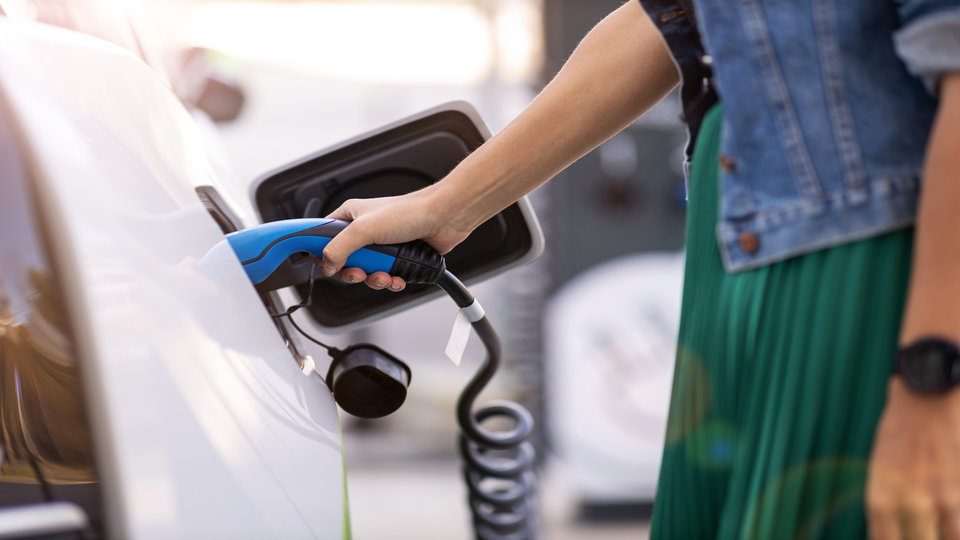
He explained, "The recent high-speed chargers for EVs take about an hour to fully charge a mid-size EV. Compare this with the six to eight hours needed using household chargers - which is likely to be the preference of EV owners who perhaps wish to charge their car at HDB carparks overnight. Considering the average daily driving distance of 55 kilometres a day in Singapore, one charge can last about 3 to 4 days."
This goes back to the crux of taking a calibrated approach. The 28,000 charging points must take into account the speed and ease of charge these stations can allow. Increasing the supply of charging stations alone would be inadequate without plans to reduce the cost of owning an EV.
"When the value provided by the EVs is greater than the value that the consumers expect for traditional ICE vehicles, or the new value from the EVs is large enough to offset the reliability issues facing emerging technology, the replacement by EVs in the mainstream vehicle market will occur sooner," Prof Balasubramanian pointed out.
Potential of fuel cells
In line with his research interest of developing cost-effective technologies to mitigate the impacts of air pollution, Prof Balasubramanian's optimistic outlook stretches beyond EVs, into the prospect of other promising technologies such as hydrogen fuel cell vehicles - an alternative which countries such as Japan and South Korea have long favoured.
"A fuel cell (FC) has a direct analogy to an internal combustion engine (ICE). An FC acts much in the same way as an ICE in that chemical energy is directly converted into electrical energy in the FC, but in an environmentally friendly process. Unlike a battery that drains while it is used to power electrical components, like the way it happens in an EV, fuel cells act as continually operational power sources as long as fuel is being provided to them. Hence, it is projected that the hydrogen fuel cell can overcome the disadvantages of battery EVs, making hydrogen the transportation fuel of the future," he shared.
Not unlike EVs, the conversation circles back to supply and demand.
"The price of fuel cells is not competitive at this point in time, but will reduce when produced in large quantities, and this can lead to accelerated commercialisation of FC-based cars," said Prof Balasubramanian.
Be it EV or FC-based cars - it appears to begin first with a willingness to explore sustainable, environmentally-friendly alternatives and when that interest gains momentum, the myth that these vehicles are not convenient or expensive may be broken, making way for a truly zero-emission, 'car-lite' Singapore.
This article was first published on 31 March 2020 in NUS News.



